Located in South America, with terrain encompassing Andes mountains, glacial lakes to the vineyards of Mendoza and the bustle of Buenos Aires. Argentina has the largest waterfalls, the highest peak in the Americas and some of the most extraordinary scenery that travelers will find anywhere. Not surprising, Argentina is a top destination for tourists. Here is the top
tourist attractions in Argentina:
16. Cerro Catedral
Cerro Catedral is a mountain located 19 kilometres (12 mi) from San Carlos de Bariloche, and inside the Nahuel Huapí National Park, Patagonia. With a skiable area of 6 km2 (2.3 sq mi), 120 km (75 mi) of ski runs, and a lift capacity of 35,000 skiers per hour. Cerro Catedral is South America’s most famous and well-developed ski resort. In addition, Cerro Catedral is a popular for hikers, climbers and cyclists.
15. La Cumbrecita
Located in the Calamuchita Valley in the Grand Sierras of Córdoba, Argentina. La Cumbrecita is a small picturesque, secluded alpine-like hamlet, located amongst spruce and pine, at 1,450 metres (4,757 ft) above sea level, where it is not unusual to see a blanket of snow in winter time. It’s a great place to kick back for a few days and wander the forest trails leading to swimming holes, waterfalls and scenic lookouts.
14. Quebrada de Cafayate
North of Cafayate, Quebrada de Cafayate is along the paved, 183-kilometres-long National Route 68 that goes from Salta to Cafayate. It is a wild landscape of richly colored sandstone and unearthly rock formations. Carved out by the Río de las Conchas, the canyon’s twisted sedimentary strata exhibit a stunning array of tones, from rich red ocher to ethereal green. The best time to appreciate the Quebrada is in the late afternoon; low sun brings out the most vivid colors. Quebrada de Cafayate is another of the most visited points in the area.
13. Cueva de las Manos
Cueva de las Manos is a cave or a series of caves located in the province of Santa Cruz. The Cueva de las Manos includes a magnificent collection of prehistoric cave paintings that were completed 9,000 years ago. It is famous for the paintings of hands. Besides these there are also depictions of human beings, guanacos (Lama guanicoe), rheas, felines and other animals, as well as geometric shapes, zigzag patterns, representations of the sun, and hunting scenes. This is the place for anyone who love history and art.
12. Quebrada de Humahuaca
The Quebrada de Humahuaca is a narrow mountain valley located in the province of Jujuy in north-west Argentina. It is about 155 kilometres long, with a desert-like atmosphere that’s defined by cacti, rugged mountains and colorful sandstone escarpments. The region has always been a crossroads for economic, social and cultural communication. It has been populated for 10,000 years, since the settlement of the first hunter-gatherers, which is evidenced by substantial prehistoric remains. It was a caravan road for the Inca Empire in the 15th century. It is a UNESCO World Heritage.
11. Mendoza wine regions
The Mendoza wine regions is considered the heart of the winemaking industry in Argentina. Located in the eastern foothills of the Andes, vineyards are planted some of the highest altitudes in the world. The principal wine producing areas fall into two main departments-Maipú and Luján. The pink-skinned grapes of Criolla Grande and Cereza account for more than a quarter of all plantings but Malbec is the region's most important planting followed closely by Cabernet Sauvignon, Tempranillo and Chardonnay. The city of Mendoza is the place to base yourself if you plan to tour the vineyards.
10. Mar del Plata Beaches
Located on the Atlantic Coast, the city attracts millions of tourists every year to its sandy beaches and lively culture. In the city centre, you will find many beaches like the Bristol beach, Popular and La Perla beach which attracts huge crowd. The southern beach is Playas del Sur, is a popular for the youngsters. There is also, the Playa Grande beach had very nice waves, the water is clear and the sand is soft and white. The food is very good as well and the locals are very friendly.
9. Ibera Wetlands
Located in northern Argentina, is the second-largest wetlands in world after the Pantanal in Brazil. The Iberá Wetlands are a mix of swamps, bogs, stagnant lakes, lagoons, natural slough. The biodiversity, it became a natural refuge for abundant and varied wildlife, including anacondas, armadillos, caimans, capybaras, howler monkeys, the ostrich-like rhea and more than 360 rare and endangered bird species.
8. Ushuaia
Ushuaia is a resort town on Argentina’s Tierra del Fuego archipelago. It is commonly regarded as the southernmost city in the world. The city has a museum of Yámana, English, and Argentine settlement, including its years as a prison colony. Wildlife attractions include local birds, penguins, seals, and orcas, many of these species colonizing islands in the Beagle Channel. There is also the town is commonly used as a base for hiking, skiing.
7. Monte Fitz Roy
Monte Fitz Roy (also known as Cerro Chaltén, Cerro Fitz Roy) is a mountain near the village of El Chaltén. At the 3375 metre high, Monte Fitz Roy is one of the most iconic points in the Andes, surrounded by glacial lakes and dramatic ice fields. The clothing label, Patagonia, used Monte Fitz Roy as the idea for their logo, after Yvon Chouinard climbed the mountain in 1968 and made a movie about it. Monte Fitz Roy is an attractive location for photographers of the extreme beauty.
6. Beagle Channel
Beagle Channel is a strait in Tierra del Fuego Archipelago on the extreme southern tip of South America partly in Argentina and partly in Chile. The channel is one of the three navigable passages around South America, the Straits of Magellan to the north, and the open-ocean Drake Passage to the south. A boat trip is the best way to view the Beagle Channel, and to view the sea birds such as the Black-browed albatross, the thick-set Giant petrel, Southern skuas and the South American tern, as well as marine mammals such as sea lions, Peale’s dolphin and the occasional minke whale.
5. Valdes Peninsula
The Valdes Peninsula is a peninsula on the Atlantic coast in the Viedma Department in the north east of Chubut Province. Depending on the time of year, the peninsula attracts a great number of penguins, sea lions, seals and orcas. Southern right whales can be found in Golfo Nuevo and Golfo San José. These baleen whales come here between May and December, for mating and giving birth, because the water in the gulf is quieter and warmer than in the open sea. The inner part of the peninsula is inhabited by rheas, guanacos, maras, shorebirds and other endemic species on the sparsely populated landmass. The city of Puerto Madryn is the gateway to Peninsula Valdes.
4. Caminito
Caminito is a street museum and a traditional alley, located in La Boca, a neighborhood of Buenos Aires. Caminito is filled with colorful houses, shops, cafes and quirky statues, it is one of the most photographed parts of Buenos Aires. This is the place acquired cultural significance because it inspired the music for the famous tango "Caminito" (1926), composed by Juan de Dios Filiberto.
3. Bariloche
Located within the Nahuel Huapi National Park, San Carlos de Bariloche, usually known as Bariloche, is a city in the province of Río Negro. The city with its surrounding mountains and lakes is famous for skiing but also great for sight-seeing, water sports, trekking and climbing. In addition, It's known for its Swiss-like atmosphere and its chocolate, sold in shops lining Calle Mitre, the main street.
2. Perito Moreno Glacier
The Perito Moreno Glacier is a glacier located in the Los Glaciares National Park in southwest Santa Cruz Province. Located 78 kilometres (48 mi) from El Calafate, was named after the explorer Francisco Moreno in 19th-century. The 250 km2 (97 sq mi) ice formation, and 30 km (19 mi) in length, it is the world's third largest freshwater reserve. Due to its size and accessibility, Perito Moreno is one of the most important tourist attractions in the Argentinian Patagonia. It is less than two hours by bus from El Calafate while viewing platforms and trails make the visit and the observation easy.
1. Iguazu Falls
Situated near the border of Brazil, Paraguay, and Argentina. The Iguazu Falls are among the largest and most majestic waterfalls in the world. Iguazu is in fact made up of between 150 to 300 individual falls along its nearly three-kilometer edge, a number that changes depending on the season, varying in height between 60 to 82 meters and each as spectacular as the next. Access to the Falls is usually done through one of the three cities in the so-called tri-border between Brazil, Argentina and Paraguay: Brasil (Foz do Iguaçu), Argentina (Puerto Iguazu), the city on the Paraguayan side, is just across the bridge from Brazil. It is one of the great natural wonders of the world and is one of the
best places to visit in Argentina.


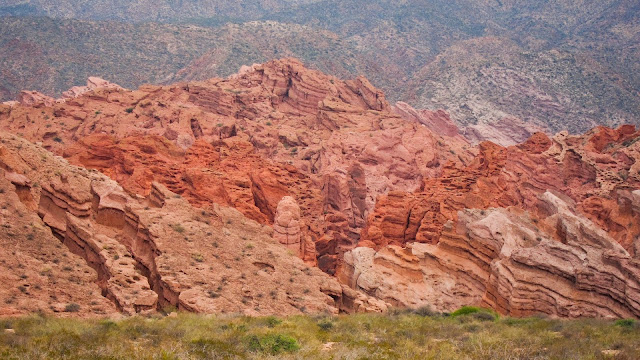
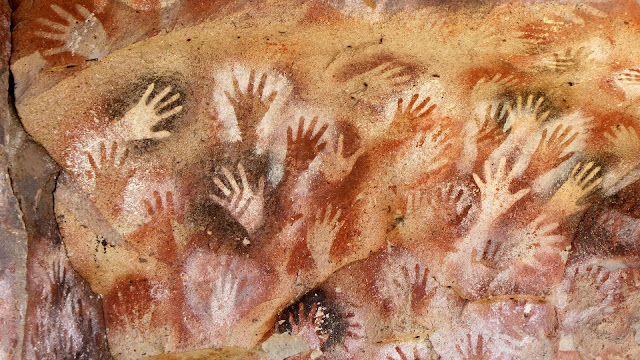
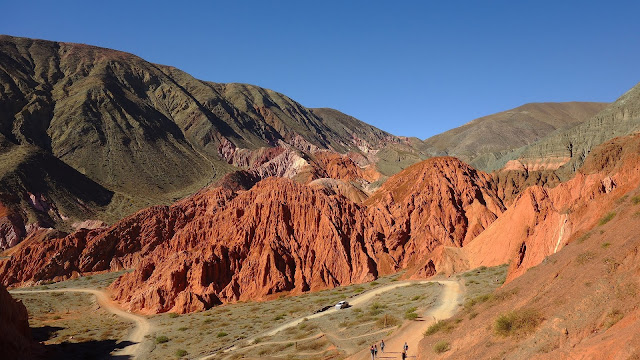




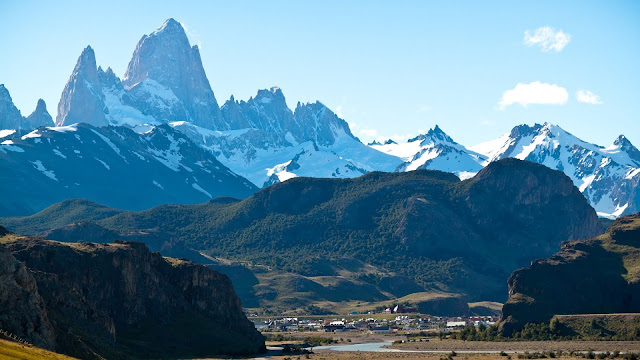


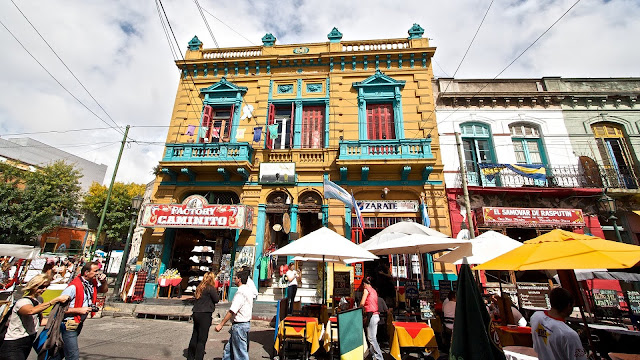

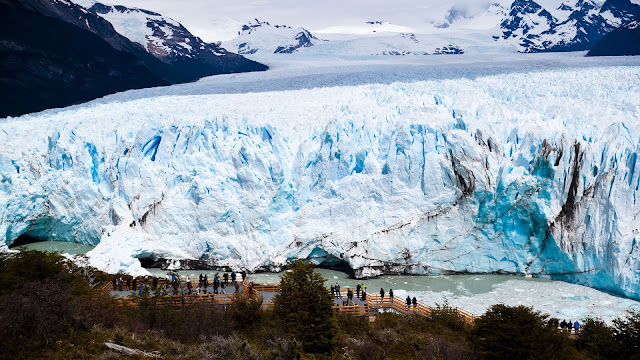
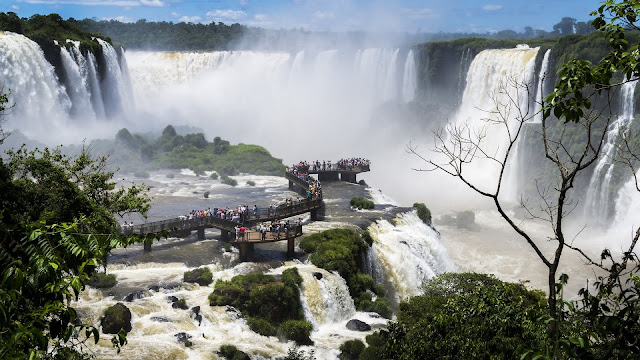
 Reviewed by Bynn Du
on
5/05/2017
Rating:
Reviewed by Bynn Du
on
5/05/2017
Rating:
 Reviewed by Bynn Du
on
5/05/2017
Rating:
Reviewed by Bynn Du
on
5/05/2017
Rating:










Không có nhận xét nào: